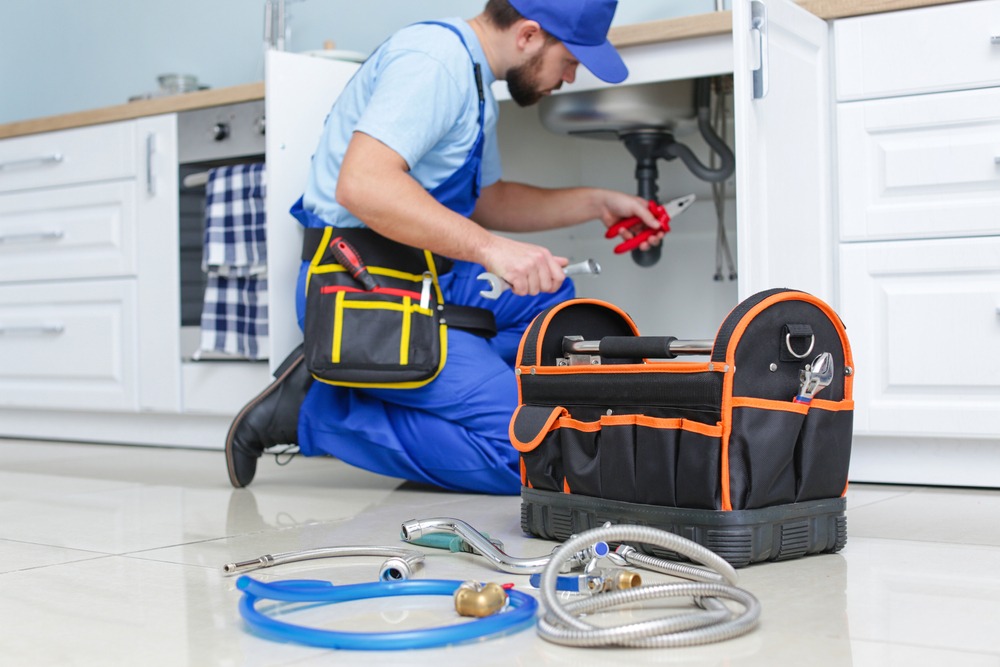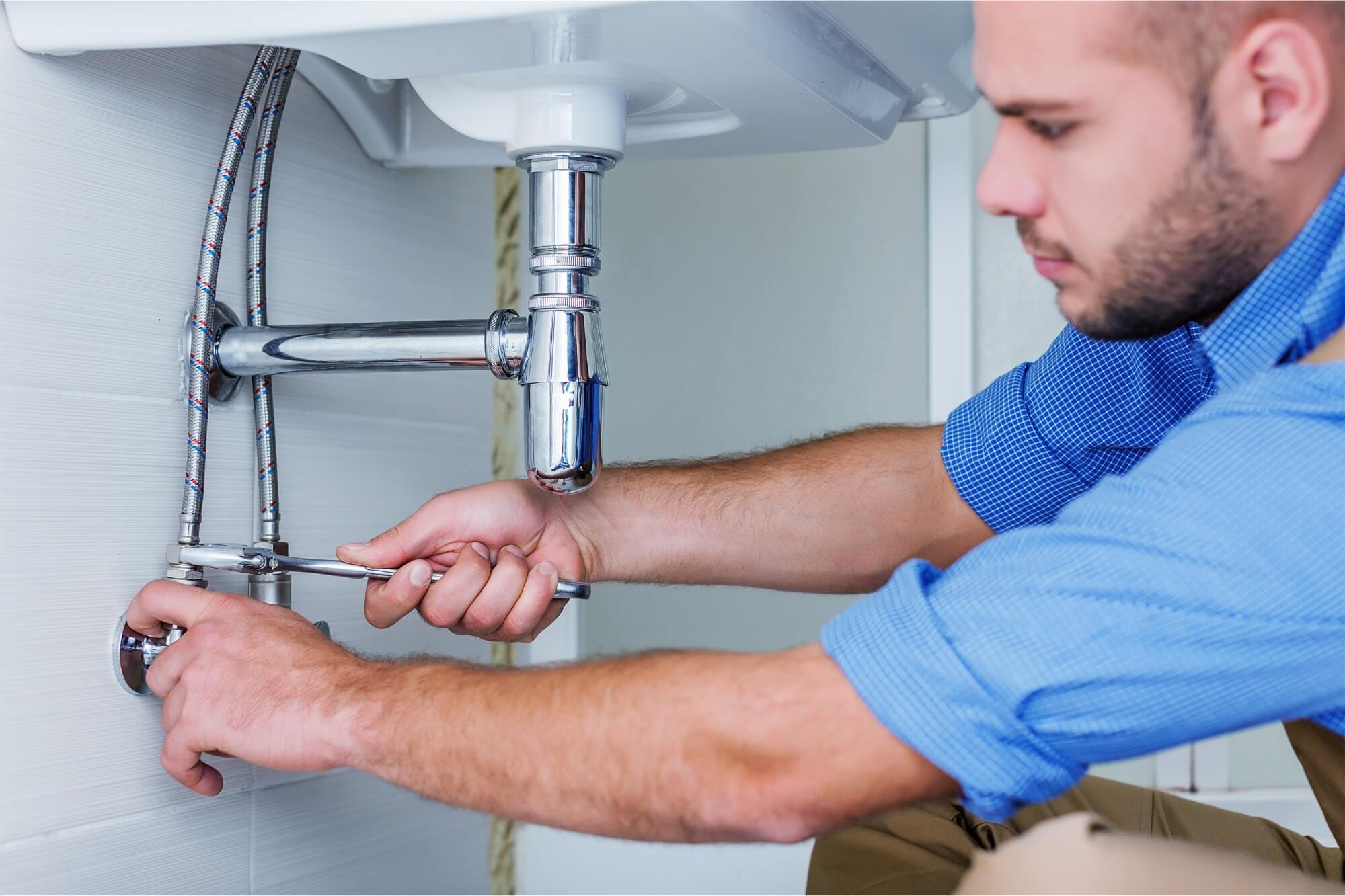A Detailed Overview to Effective Hot Water Heater Installation for Optimum Efficiency
Beginning on the task of mounting a hot water heater is a venture that demands accuracy and a systematic method for attaining optimum efficiency. The process starts with the critical decision of selecting the appropriate heater customized to the specific needs of your house, considering variables such as dimension, type, and energy source. As soon as chosen, preparing the installment area to fulfill safety standards is critical. The journey does not end right here. As you continue, the ins and outs of connecting water lines and setting up dependable electric or gas links await, encouraging insights right into making sure efficiency and integrity.
Selecting the Right Water Heating System

Next, think about the dimension and capability of the hot water heater. It's vital to evaluate your home's warm water requirements, which can differ based upon the variety of occupants and their usage patterns. A system that's as well little might cause not enough warm water, while an oversized design may lead to unneeded power intake.
Performance rankings also play a critical function in choice. Seek hot water heater with high Energy Factor (EF) ratings, showing exceptional performance and decreased energy usage. Tankless versions, though normally much more expensive upfront, deal substantial energy financial savings over time because of their on-demand home heating capacities.
Preparing the Installment Location
Before installing a brand-new water heating system, careful preparation of the installation area is vital. This makes sure a smooth setup process and aids protect against future difficulties (Plumbing Alabaster AL). Begin by selecting an ideal place that conforms with regional building regulations and safety criteria. The area must be dry, well-ventilated, and accessible for upkeep. It's essential to measure the room thoroughly to accommodate the hot water heater's dimensions, making certain sufficient clearance around the unit for effective operation and maintenance.
Next, remove any debris, dust, or obstructions from the site to produce a tidy setting. Check the floor for stability, as the hot water heater will certainly require a strong, degree surface area to run effectively. If required, set up a drip pan underneath the device to capture possible leakages or spills, preventing water damage to the surrounding area. In regions prone to seismic activity, consider installing seismic straps to secure the heating unit strongly in area.
In addition, ensure that all necessary devices and materials are on hand before commencing the installation. This includes items such as wrenches, screwdrivers, a level, and any kind of extra hardware required for placing and safeguarding the heating unit. A well-prepared installment location sets the foundation for an effective water heating system configuration, optimizing efficiency and security.
Connecting Supply Of Water Lines
When connecting water lines to your recently set up hot water heater, it is crucial to ensure that all links are leak-free and protected to keep effective procedure and protect against water damage. Begin by recognizing the hot and cool water system lines. The cold water inlet is commonly marked with a blue tag or a "C", while the warm water electrical outlet is marked with a red tag or an "H".
Use versatile water heater adapters to promote a much easier installation process. These adapters can absorb resonance and permit mild movement, lowering the risk of leakages. Prior to attaching the ports, position a plumbing professional's tape around the threaded ends of the water heating unit's inlet and electrical outlet pipes - Drain Cleaning Alabaster AL. This tape acts as a sealant, avoiding leaks. Carefully link the flexible hose pipes to the corresponding inlet and outlet, guaranteeing that they are limited yet not over-tightened, which might harm the strings.
Once connections are in area, gradually transform on the main water system shutoff. Evaluate each link for leakages by aesthetically really feeling and inspecting for wetness. Tighten up connections as required, and make sure the stress safety valve is properly set up, protecting against excessive pressure accumulation.
Establishing Electric or Gas Links
Effectively establishing the electric or gas connections for your water heating unit is a vital step to guarantee efficient and safe procedure. For electric hot water heater, begin by verifying that the electric circuit is suitable with the heating look at this now unit's voltage and amperage demands. Guarantee the power supply is shut off at the breaker to avoid mishaps. Link the electrical cords to the heating unit following the manufacturer's wiring diagram. Generally, this involves attaching the ground cable to the green terminal, and the continuing to be cords to their equivalent article source terminals, protecting each with wire nuts.
For gas water heaters, safety and security is vital. Attach the gas line to the water heater utilizing an adaptable gas connector, ensuring it is appropriately threaded and secured with pipe joint compound or Teflon tape appropriate for gas links.
As soon as connections are made, inspect for any prospective leakages. For gas lines, use a soapy water solution to the joints; bubbles suggest a leak. For electric links, double-check that all wiring is protected and appropriately shielded, keeping compliance with local electrical codes.
Readjusting and examining for Efficiency
With the electrical and gas connections securely in place, the next step is assessing the operational effectiveness of your hot water heater. Begin by meticulously turning on the supply of water and guaranteeing there are no leaks at any of the joints or valves. As soon as confirmed, continue to load the container, taking note of the stress and temperature level settings. It is a good idea to establish the thermostat to a suggested temperature of around 120 ° F(49 ° C) to balance energy efficiency and comfort.
Following, perform a comprehensive inspection to make certain the burner or burner are operating properly. For electric heating systems, make use of a multimeter to confirm if the aspects are drawing the suitable existing. In gas designs, observe the burner flame; it should be constant and blue, indicating efficient combustion.
Adjust the settings as essential to get rid of inefficiencies. Take into consideration executing continue reading this insulation procedures, such as including a water heater covering, to better improve efficiency by reducing warmth loss. Furthermore, examine the anode rod's condition, as a tatty rod can lower effectiveness and bring about tank deterioration.
Conclusion
Effective hot water heater setup is critical for making sure optimal efficiency and power savings. By choosing the ideal type and size, and diligently preparing the installation area, a structure for success is developed. Safely linking water system lines and meticulously establishing electrical or gas connections minimize potential issues. Comprehensive testing for leaks and precise thermostat adjustments to 120 ° F enhance reliability and efficiency. Sticking to these steps advertises long-term performance and power preservation in domestic water home heating systems.

Properly setting up the electrical or gas connections for your water heating system is an important step to make sure secure and reliable operation. For electrical water heaters, begin by verifying that the electrical circuit is compatible with the heater's voltage and amperage demands. Connect the gas line to the water heater utilizing a versatile gas port, ensuring it is appropriately threaded and secured with pipeline joint substance or Teflon tape appropriate for gas links.